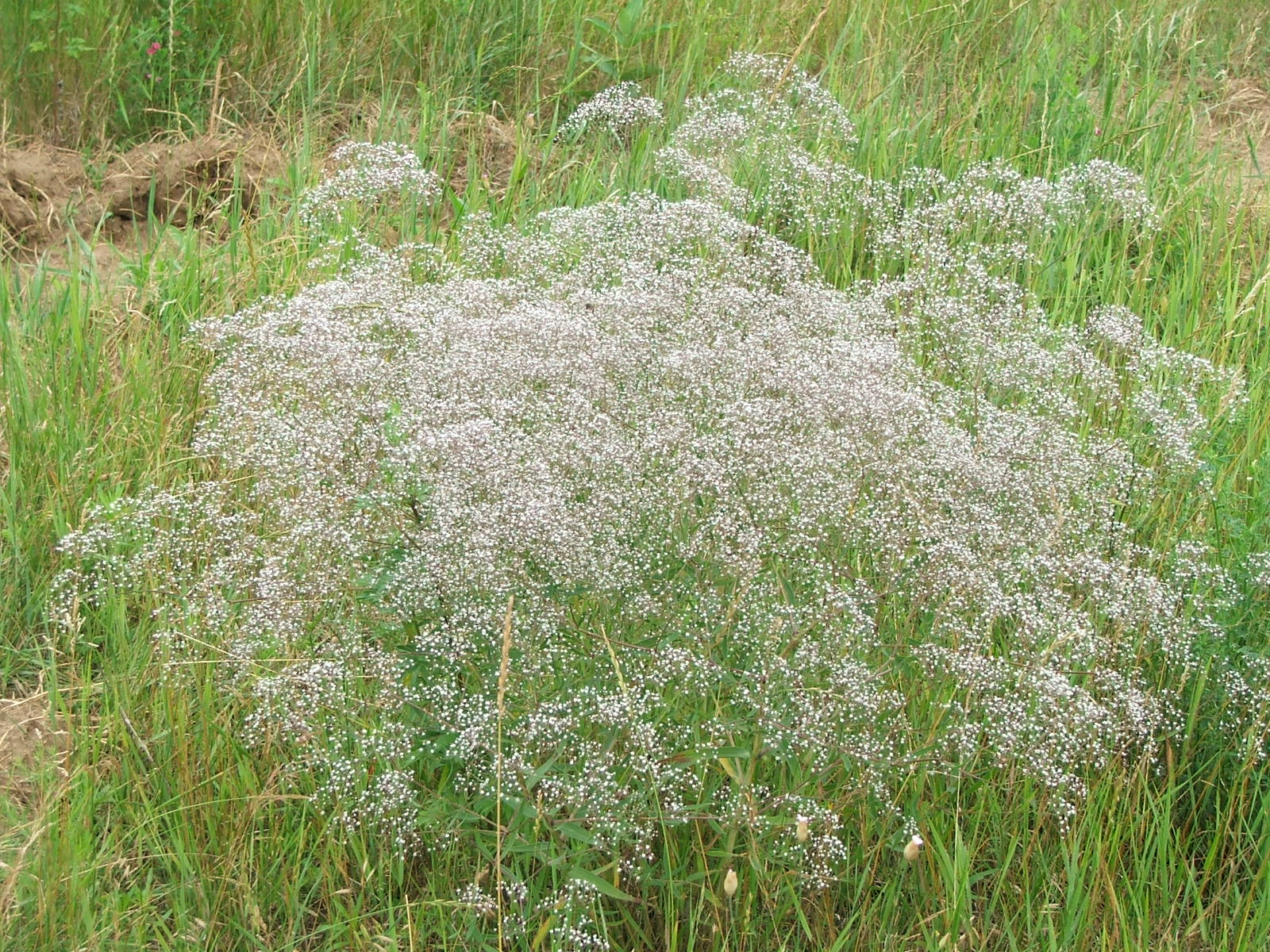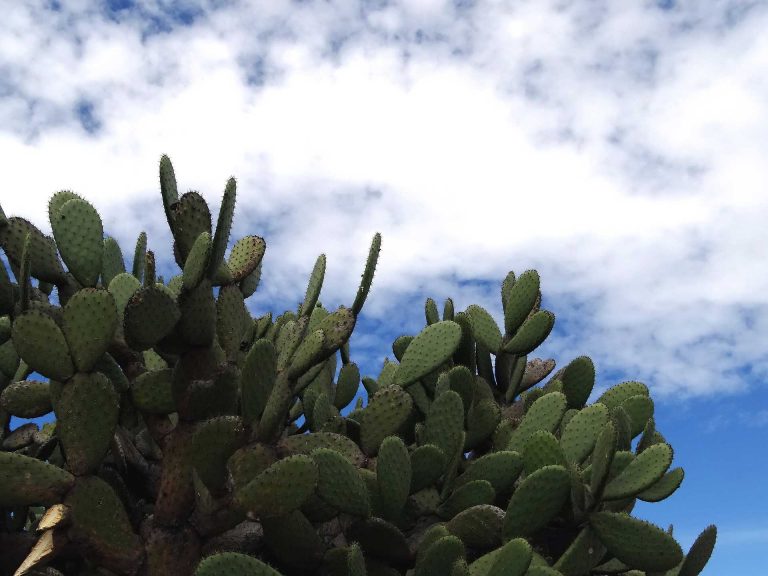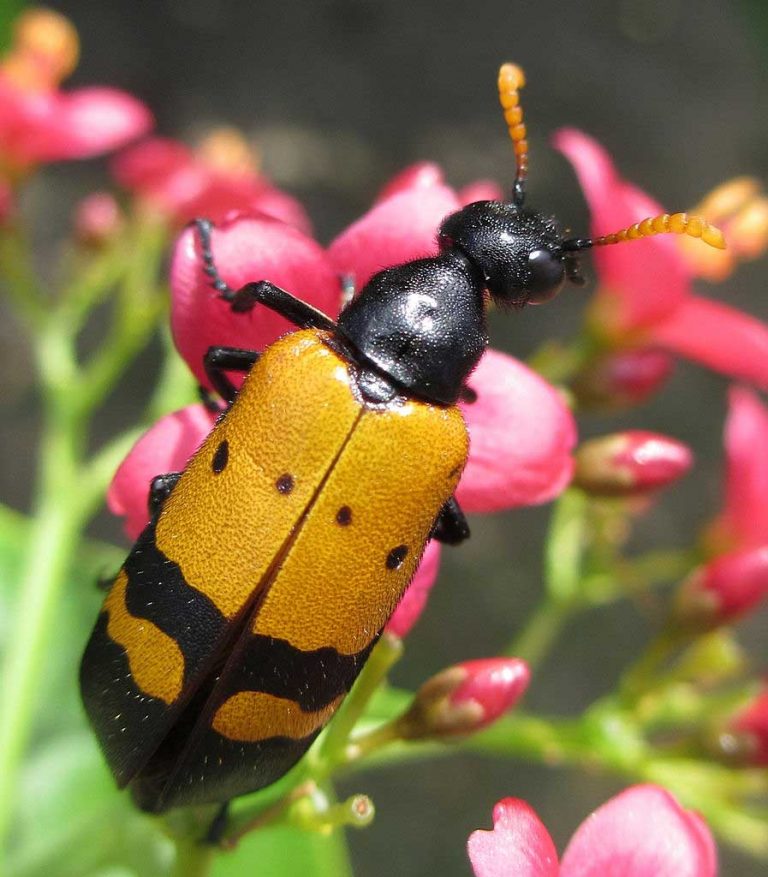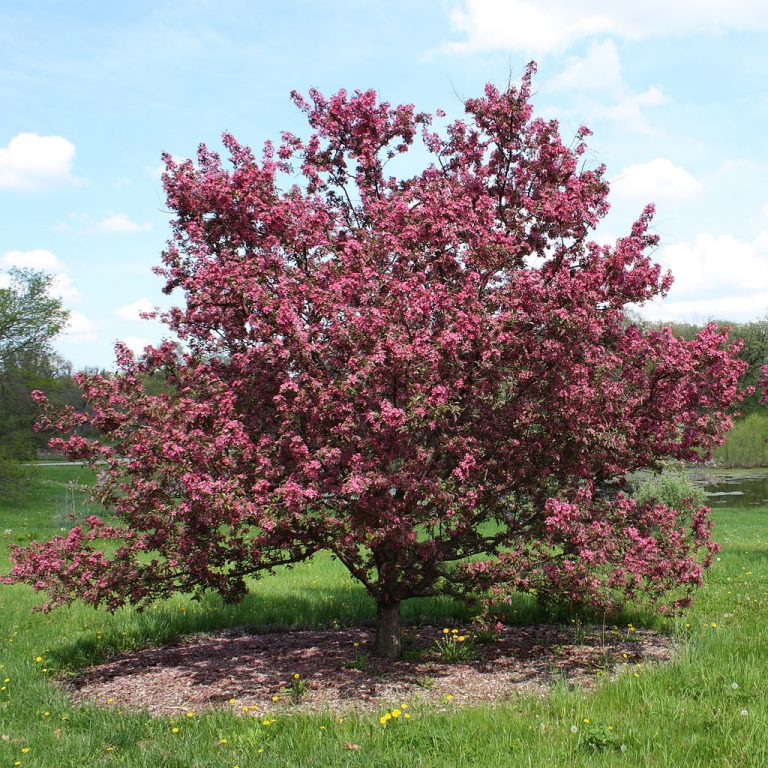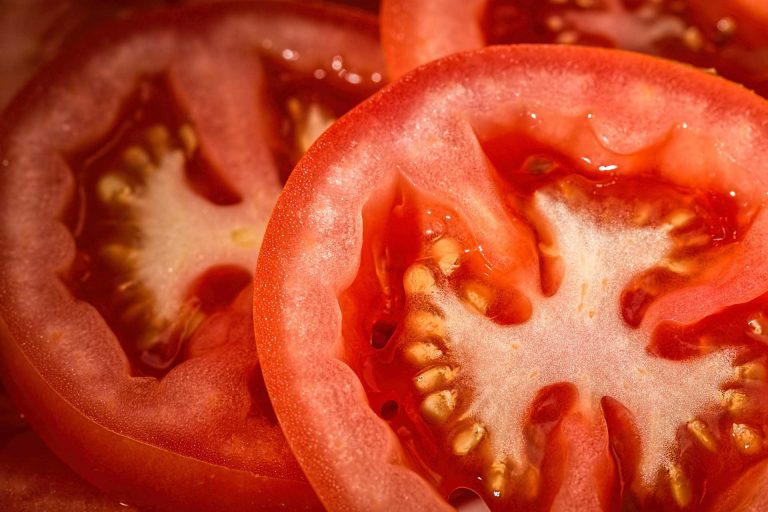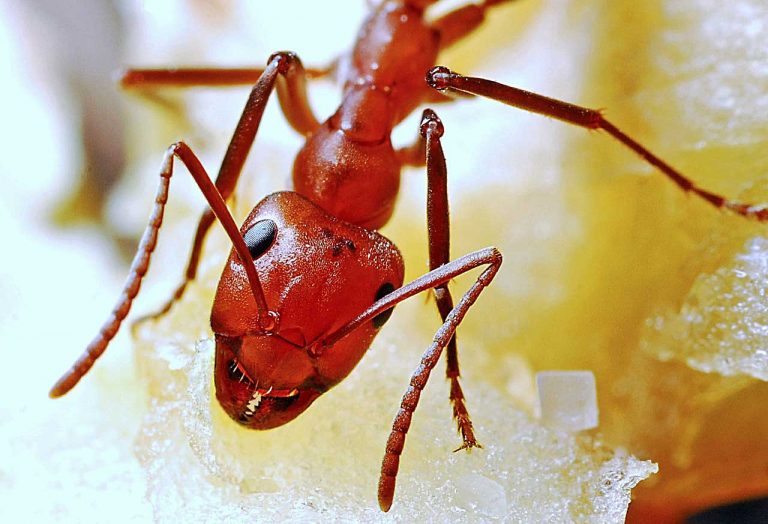Baby’s Breath – Specially Used In Weddings to Symbolize Purity, Happiness, And Sincerity
Scientific Classification
| Kingdom: | Plantae |
| (unranked): | Angiosperms |
| (unranked): | Eudicots |
| (unranked): | Core eudicots |
| Order: | Caryophyllales |
| Family: | Caryophyllaceae |
| Genus: | Gypsophila |
| Species: | G. paniculata |
| Binomial name: | Gypsophila paniculata |
Gypsophila, a variety of flowering plants hails from the carnation family Caryophyllaceae family. They inhabit places like Africa, Eurasia, The pacific islands, and Australia. You can see Turkey has a particularly high population of about 35 widespread varieties belonging to Gypsophila taxa, and they have introduced other varieties in further districts. They usually identify these plant varieties as baby’s breath, which relates to the acknowledged variety Gypsophila paniculata.
Anatomy
Gypsophilas frequently grow from a branching caudex or thick taproot or occasionally, from the rhizomes. This is a perennial as well as an annual plant. The stems are usually straight with spreading branches or extensions, and in some species, growing horizontally along the ground. The leaves have different shapes. It produces a cluster of flowers on a single stem or on a complex arrangement of branches as thyme (a convex flower cluster, each branch or main axis ending in a flower) or a thyrse (a crowded flower cluster with racemes for branches). Every little flower has with a calyx in the form of a cup having green sepals of white edges, which contains five petals in pink and white shades. The fruit, which is a rounded or rather oval capsule, opens at the valves. Embedded in it are many black or brown seeds usually in the shape of a kidney or a snail like shell.
How to Cultivate Domestically
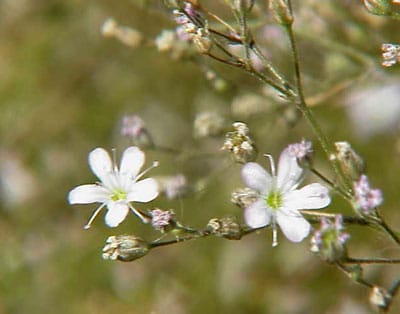
Photo by: Kurt Stüber
Preparation of planting
Good, deep, properly drained garden humus soil and total sunlight are the main requirements for a healthy growth of Baby’s breath. The plants have taproots and need a good quantity of water. In case the soil is acidic, supplement with a cup of crushed limestone for each square yard, into the soil around the plants that need them. Tall plants need support. The plants will continue to bloom provided you take care to discard the faded flowers.
Planting
- Till the soil and get rid of the rubbish and stones. Many weeks prior to planting baby’s breath, examine the soil and supplement the acidic soil with the right quantity of lime to compensate the losses if any.
- Plant the seeds 1 inch apart and ¼ inch deep. Water carefully for the soil to settle, so as not to disturb or dislodge the seeds. Moisten the soil but do not soak it with water. The germination time is 10 to 20 days.
- Give your baby’s breath plant universal fertilizer that compensates the plant’s need of the necessary nutrients deficient in the soil. Follow the instructions on the label for using the fertilizer.
- Pluck off the dried up flowers and stems of the baby’s breath plant, with your fingertips. Discarding the faded flowers encourages fresh growth and tidies up the plants.
Placement and Watering
Plant your Gypsophila in pots, in elevated beds, or in case your soil appears wet, just sow your baby’s breath flower seeds on a tiny heap of soil. Regularly maintain the moisture content of your baby’s breath seeds, and they will germinate in 19 to 20 days. Early morning is the right time to water your baby’s breath plants and 1 inch of water in a week will be ideal. This system will satisfy the plant’s thirst prior to the heat of the midday sun. For proper watering, use a soaker hose.
Flowering Period
The time for baby’s breath to flower, is around four weeks following planting, usually during the months of June to August. For uninterrupted flowering all along the season, plant your baby’s breath at intervals of two to three weeks.
After Bloom Care
When the flowers fade, snip the panicle back to a side shoot. When stem fades, cut it off at ground level to facilitate a late re-flowering.
As Cut Flowers
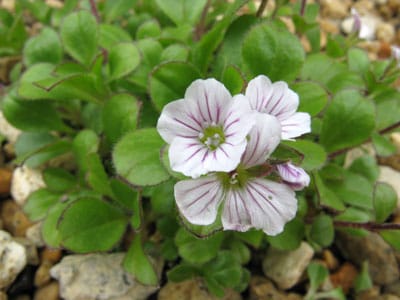
Photo by: Ghislain Chenais
Baby’s breath arrangement as a centerpiece decoration, or as cut flowers in vases or as corsages, is a beautiful sight. They normally blend well with a bouquet of roses. We use white baby’s breath as wedding flowers since they symbolize purity, happiness, and sincerity.

Having discovered a fondness for insects while pursuing her degree in Biology, Randi Jones was quite bugged to know that people usually dismissed these little creatures as “creepy-crawlies”.

